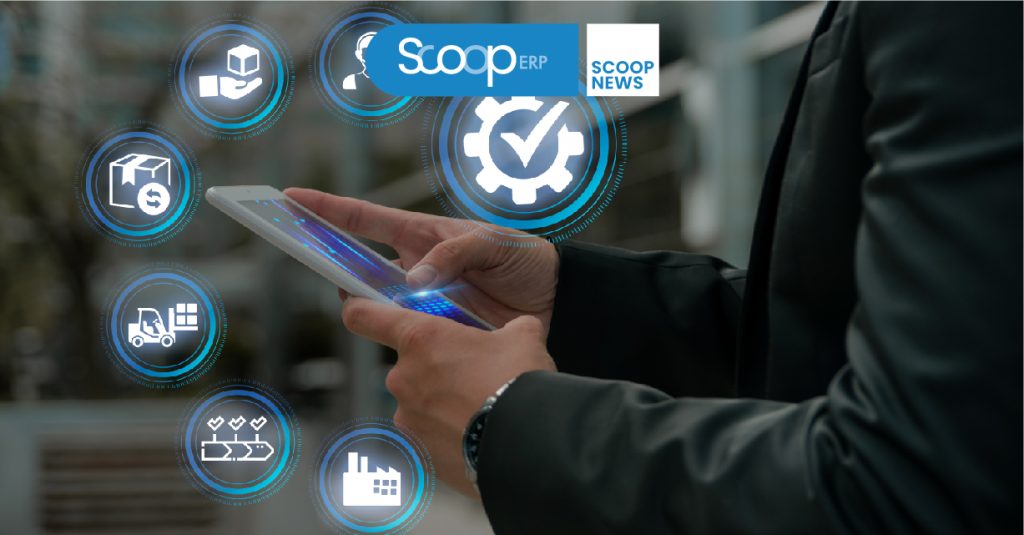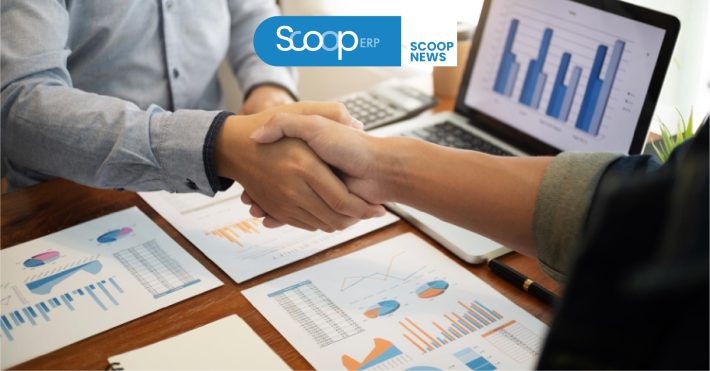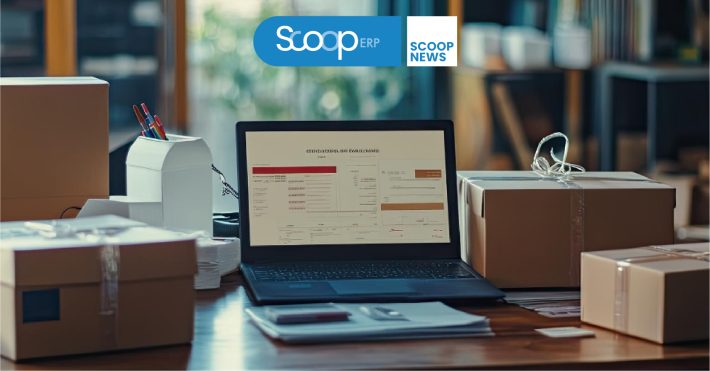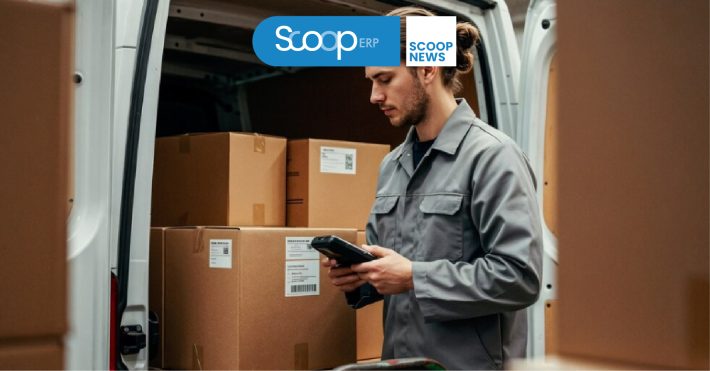Indirect Procurement: The Ultimate Guide

Indirect Procurement: The Ultimate Guide
Indirect procurement involves acquiring goods and services that support daily operations but are not directly involved in producing goods or services sold to customers. This includes office supplies, IT services, marketing, facility management, and professional consulting. Unlike direct procurement, which focuses on raw materials and essential components for manufacturing, indirect procurement covers a broad range of operational expenses. Inefficient handling can lead to excessive costs, supplier redundancies, and operational inefficiencies. Without proper tracking and optimization, businesses may face budget overruns, compliance risks, and fragmented supplier relationships. With the right tools, such as ScoopERP, companies can streamline indirect procurement, reduce costs, and enhance efficiency.
Key Categories of Indirect Procurement:
Office supplies and facility management include stationery, printers, office furniture, cleaning services, maintenance, utilities like electricity, water, internet, rent, and property management. IT services and equipment cover hardware and software purchases, network infrastructure, technical support, maintenance, cloud services, and data storage. Marketing and advertising involve promotional materials, digital marketing services, market research, and public relations. Professional services include consulting, legal and accounting services, training and development, recruitment, and human resources.
Challenges in Indirect Procurement:
Lack of visibility due to decentralized purchasing leads to fragmented data, making tracking and cost control difficult. Maverick spending occurs when unauthorized purchases happen outside established procurement processes, causing budget overruns and compliance issues. Poor spend analytics make it difficult to analyze spending patterns and make strategic decisions. Inadequate procurement policies result in inconsistent procurement practices and inefficient supplier management.
Strategies for Effective Indirect Procurement:
Centralizing procurement processes enhances control and visibility over spending. Leveraging data analytics using tools like ScoopERP helps monitor spending patterns, identify cost-saving opportunities, and inform decisions. Automating workflows with procurement software reduces errors, streamlines processes, and improves efficiency. Enforcing procurement policies ensures clear guidelines for purchasing decisions and compliance with preferred supplier agreements.
Measuring Success in Indirect Procurement:
Key performance indicators (KPIs) include Spend Under Management, which tracks the percentage of indirect spending managed by procurement teams; Cost Savings Achieved through Strategic Sourcing and Negotiations; Supplier Performance Metrics based on delivery times, quality, and service levels; and Compliance Rate, which measures adherence to procurement policies.
Leveraging Technology in Indirect Procurement:
Technology enhances procurement by offering real-time spend visibility, automated workflows, and supplier performance tracking. Cloud-based platforms like ScoopERP provide centralized management, seamless integration with accounting and inventory systems, and real-time analytics. These tools streamline operations, enforce compliance, and enable data-driven decision-making. Businesses implementing strategic procurement practices and leveraging technology can transform indirect procurement into a valuable asset for long-term success.
If you’re looking for a reliable partner to elevate your digital presence, TechScooper offers expert web development, mobile app development, digital marketing, and more solutions. From custom software and e-commerce platforms to standout UI/UX design, their skilled team delivers innovative, high-quality results tailored to your business goals. Explore how TechScooper can help you grow—visit their website and get started today.




